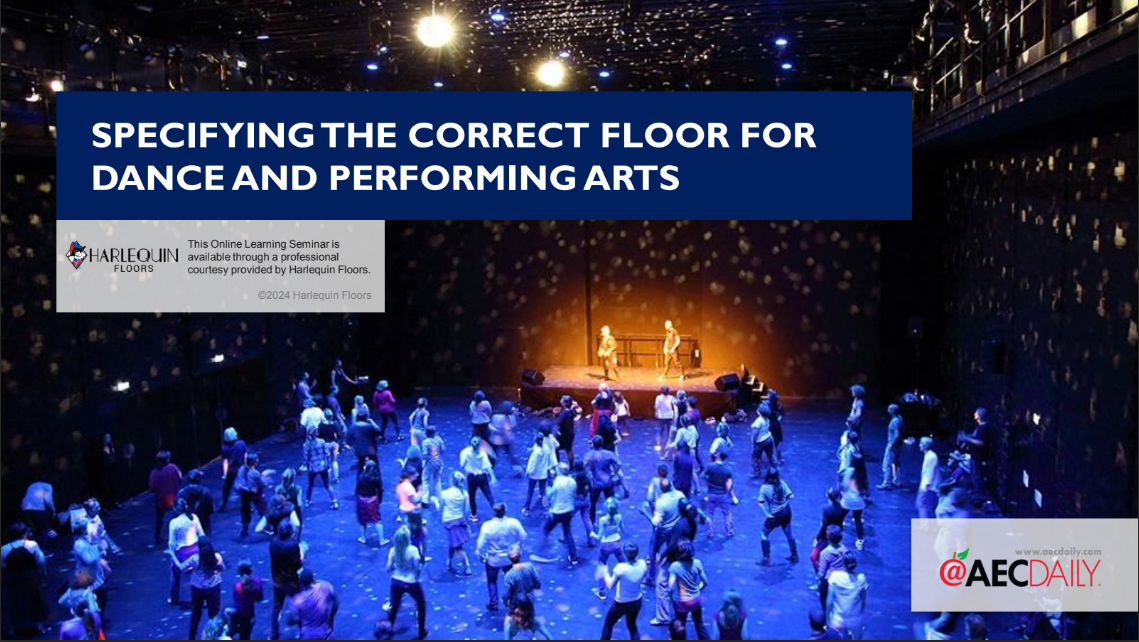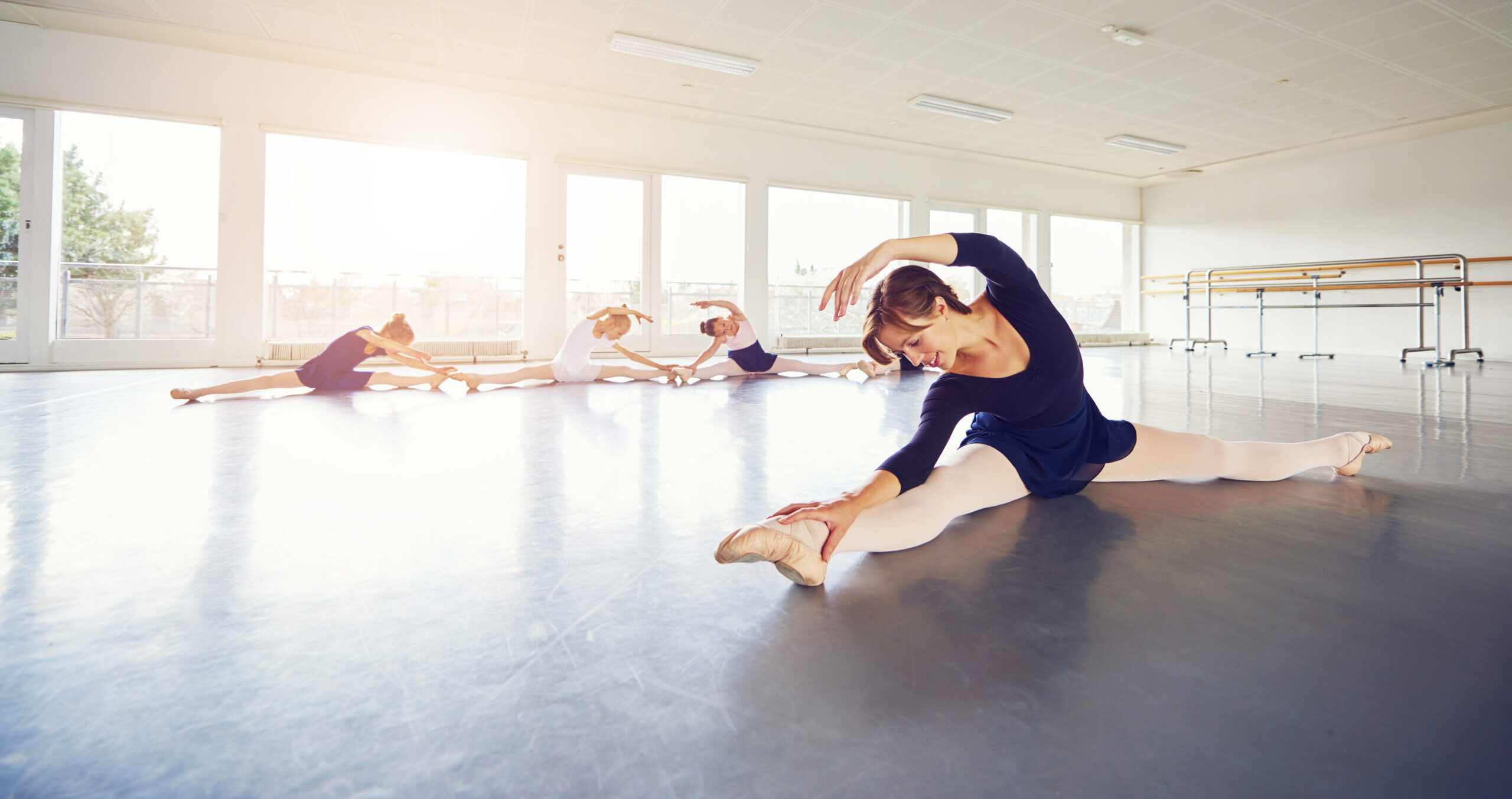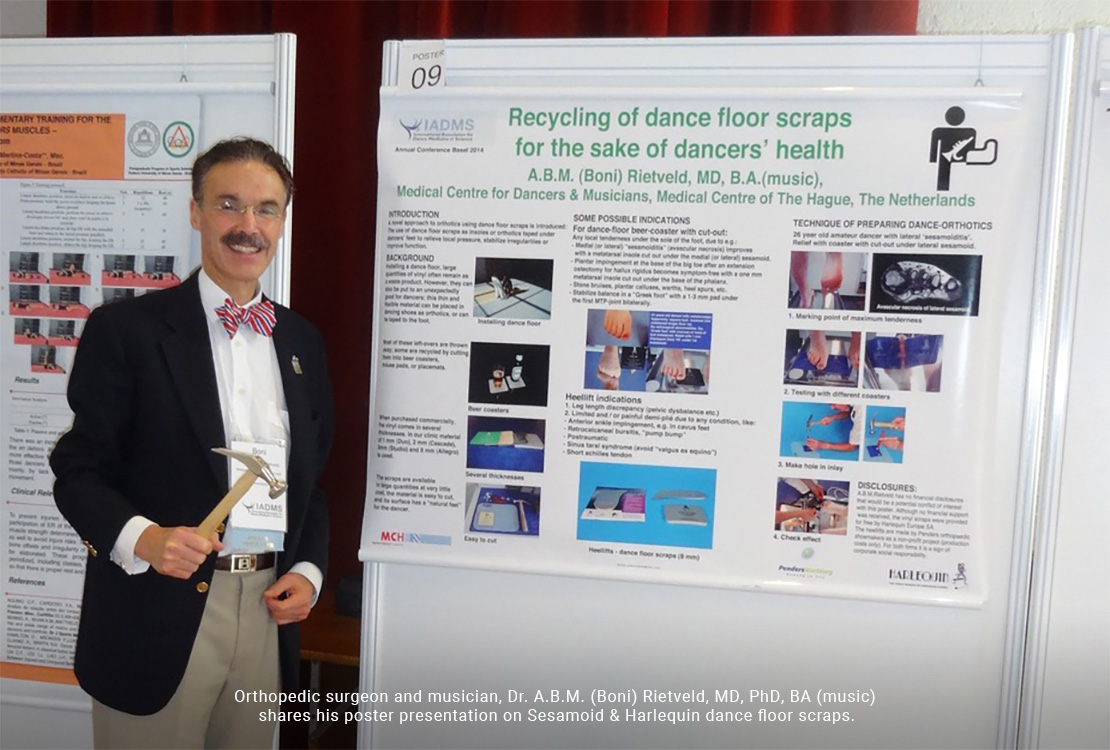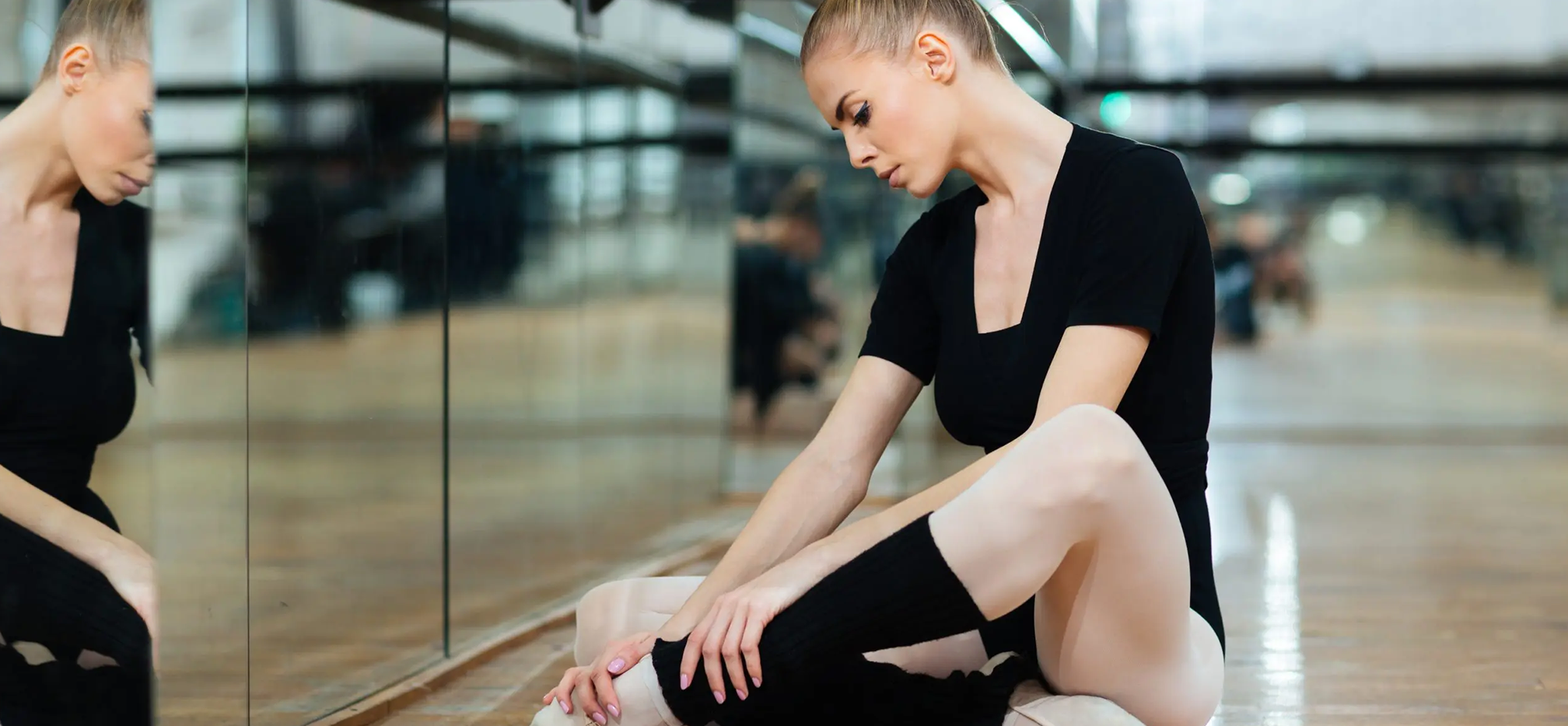
Specifying the Correct Floor for Dance and Performing Arts
In the world of architecture and construction, understanding the nuances of specific use spaces is what sets apart the best in the field.
Dance floors are an integral part of the dance environment, yet little information is available for the dance community that concerns how dance floors may affect dancer performance, health, and safety. For the dedicated dancer striving to improve, injury can sadly be an all too common occurrence. By gaining knowledge concerning the relationship between dance floors and dancer performance and safety, the dance environment can be optimized in order to give dancers the best opportunities in their training.

In the world of architecture and construction, understanding the nuances of specific use spaces is what sets apart the best in the field.

Here is a small sampling of the remarkable breadth of work presented and topics discussed at the 2023 IADMS Conference.

A good quality dance floor is essential for dancers to ensure that they have a safe and comfortable environment to perform in.

Installing a dance floor, large quantities of vinyl often remain as a waste product. However, they can also be unexpectedly good for dancers.

The articles summarizes how every person on a company’s sales and marketing team can be specified for their company.

No matter what style of dance you perform, dancing requires a great deal of flexibility, strength, and stamina. Hours of training, rehearsals, and performances can be very demanding on a dancer’s body, especially the lower body muscles and joints.